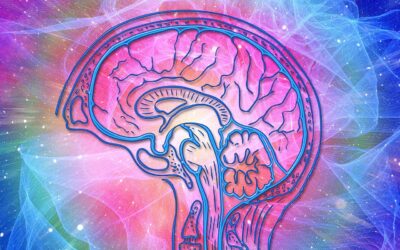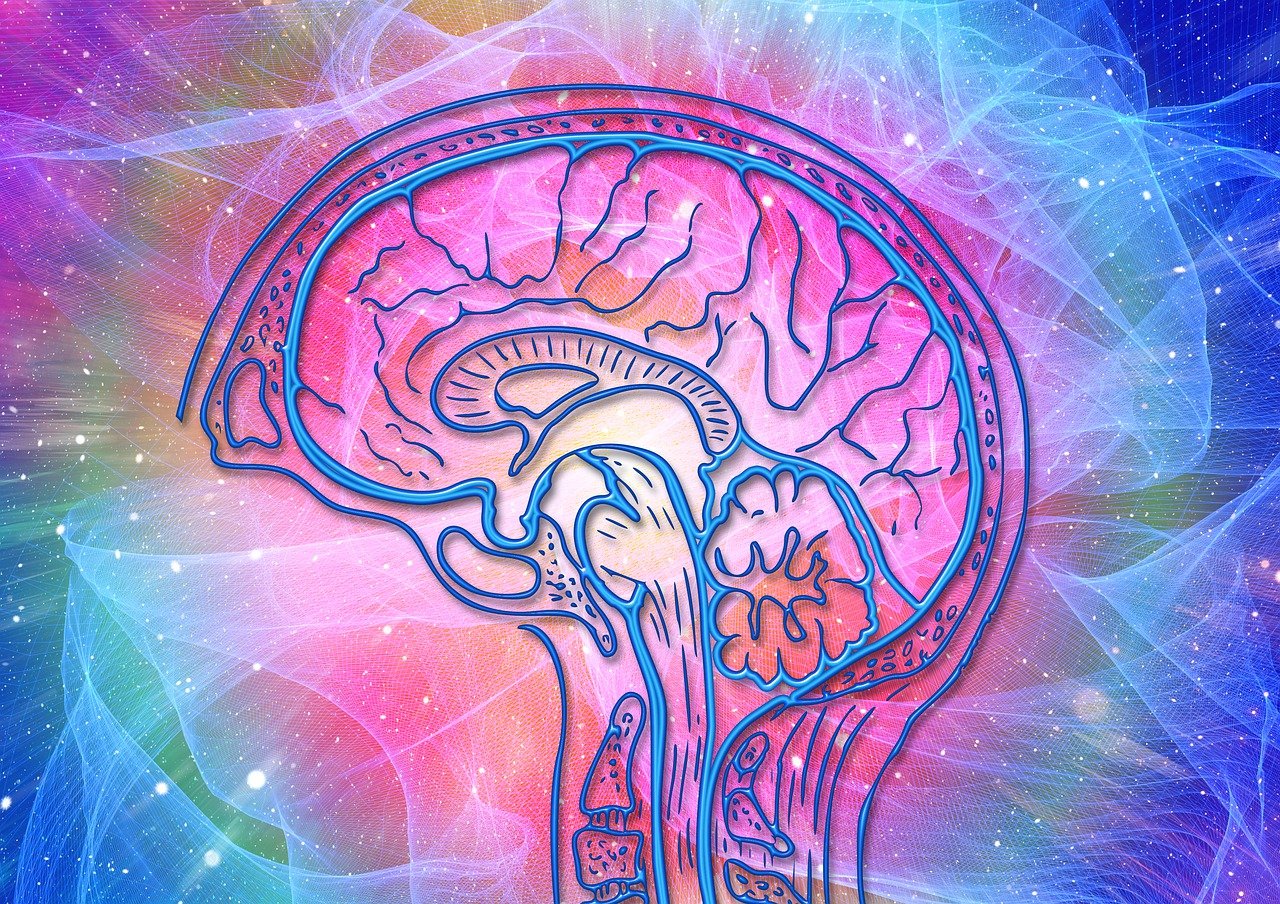Leadership in the Age of AI: New Competencies for Executives
The integration of artificial intelligence into business operations is reshaping the role of executive leadership. As AI transforms industries, executives must develop new skills and adapt their leadership styles to thrive in this evolving world.
Cultivating AI Literacy
Today’s executives need more than a surface-level understanding of AI. They must develop a working knowledge of AI capabilities, limitations, and potential applications within their industries.
This AI literacy allows leaders to:
- Make informed decisions about AI adoption and integration
- Effectively communicate with technical teams
- Identify new opportunities for AI-driven innovation
Executives who invest time in understanding AI fundamentals position themselves and their organizations for success in an increasingly AI-driven world.
Fostering Human-AI Collaboration
As AI systems take on more tasks, leaders must excel at fostering collaboration between human employees and AI tools. This involves:
- Identifying areas where AI can augment human capabilities
- Helping teams overcome fear or resistance to AI adoption
- Redesigning workflows to optimize human-AI interaction
Successful executives recognize that AI is not about replacing humans, but about creating synergies that enhance overall productivity and innovation.
Ethical AI Governance
With great power comes great responsibility. As AI systems influence more business decisions, leaders must establish robust ethical frameworks for AI governance.
Key considerations include:
- Ensuring fairness and avoiding bias in AI algorithms
- Protecting data privacy and security
- Maintaining transparency in AI-driven decision-making
- Assessing the societal impact of AI deployments
Executives who prioritize ethical AI governance build trust with customers, employees, and stakeholders while mitigating potential risks.
Embracing Continuous Learning
The rapid pace of AI advancement requires leaders to adopt a mindset of continuous learning. This involves:
- Staying current with AI research and emerging applications
- Encouraging experimentation and pilot projects
- Creating a culture of curiosity and innovation
Executives who model lifelong learning inspire their teams to embrace change and adapt to new technologies.
Balancing Data-Driven and Intuitive Decision-Making
AI provides unprecedented access to data and insights. However, effective leadership in the AI age requires balancing data-driven decision-making with human intuition and experience.
Leaders must:
- Develop skills in data interpretation and analysis
- Recognize the limitations of AI predictions
- Integrate AI insights with human judgment
The most successful executives leverage AI to inform their decisions while still relying on their expertise and instincts to guide strategic choices.
Redefining Organizational Structures
As AI reshapes business processes, traditional organizational hierarchies may no longer be optimal. Forward-thinking leaders are:
- Creating more flexible, project-based team structures
- Developing new roles that bridge technical and business domains
- Fostering cross-functional collaboration
By reimagining organizational structures, executives can create more agile, responsive companies better suited to an AI-driven future.
The New Leadership Paradigm
Leadership in the age of AI demands a unique blend of technical understanding, ethical awareness, and adaptive thinking. Executives who develop these competencies will be well-equipped to guide their organizations through the opportunities and challenges presented by AI.
As AI continues to evolve, so too must leadership styles and skills. The most successful executives will be those who embrace this change, continuously updating their competencies to match the pace of technological advancement.
By mastering these new leadership competencies, executives can harness the power of AI to drive innovation, enhance productivity, and create lasting value for their organizations and society at large.









